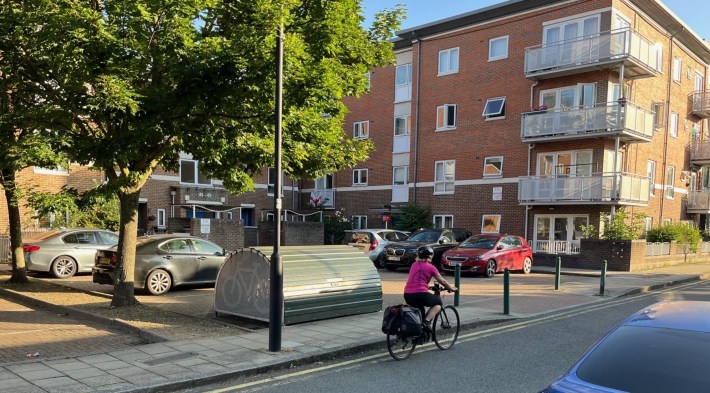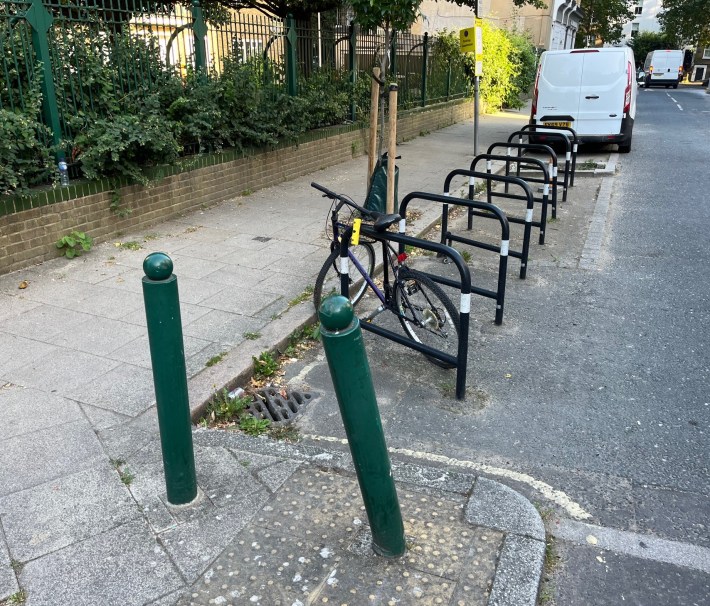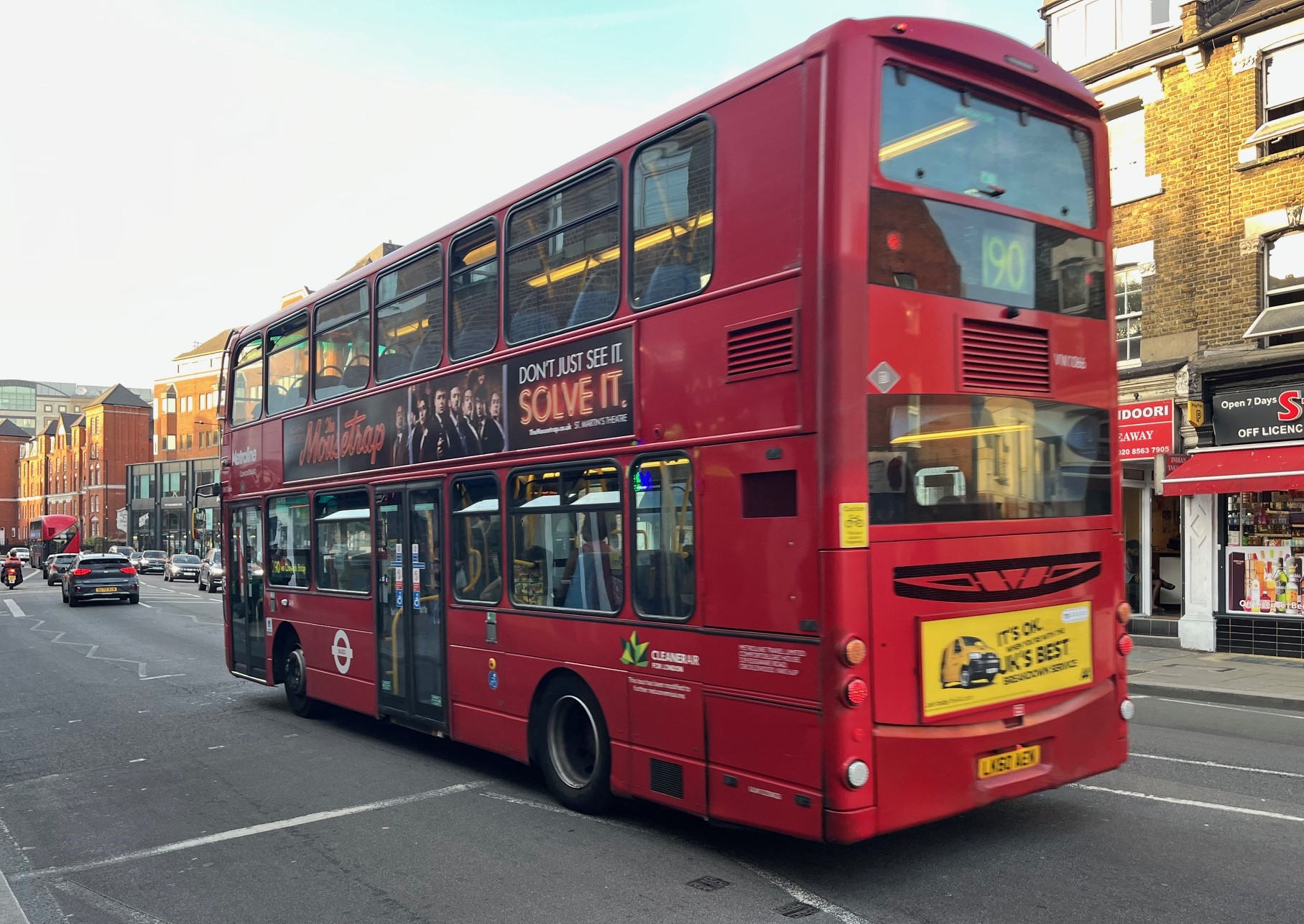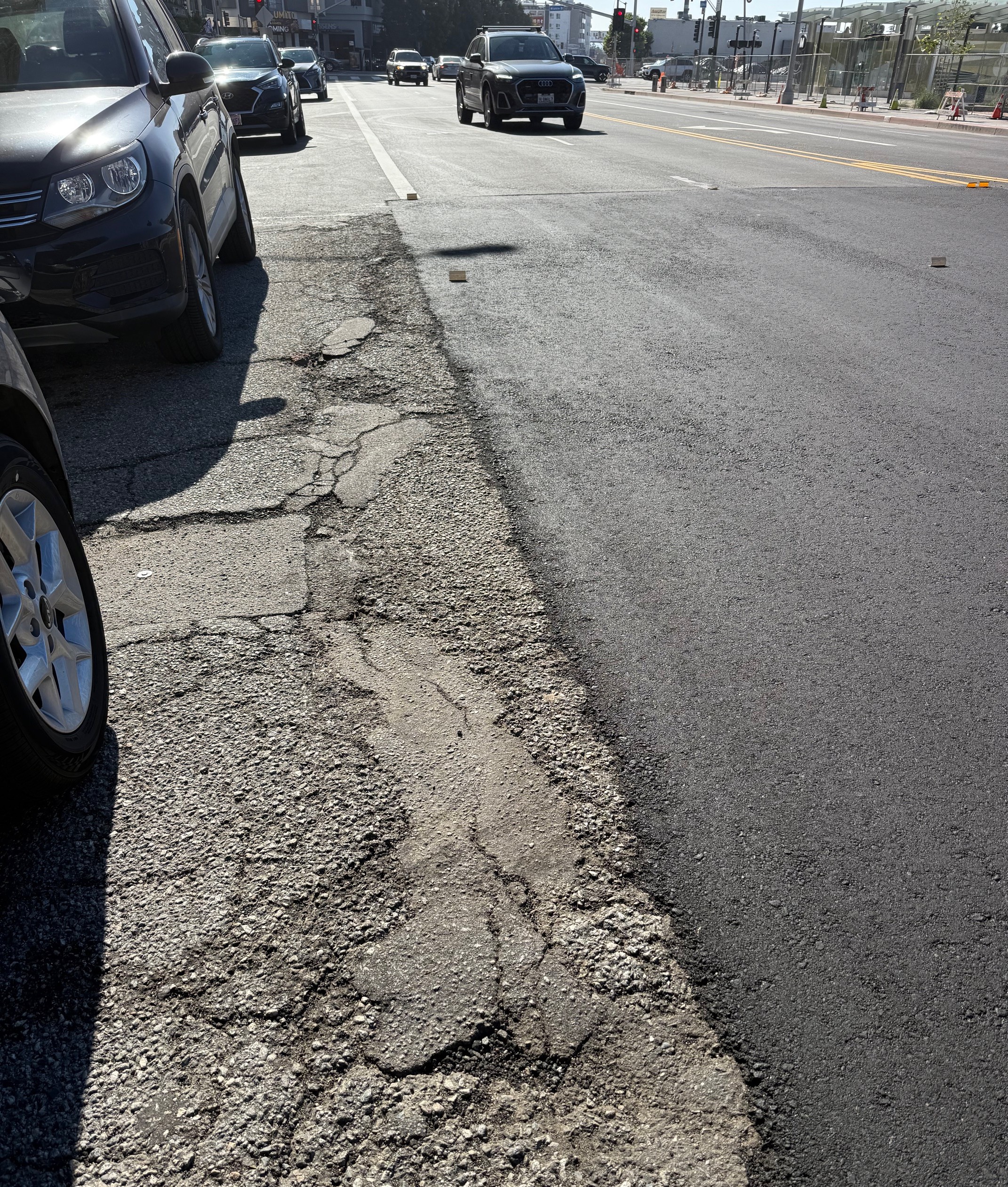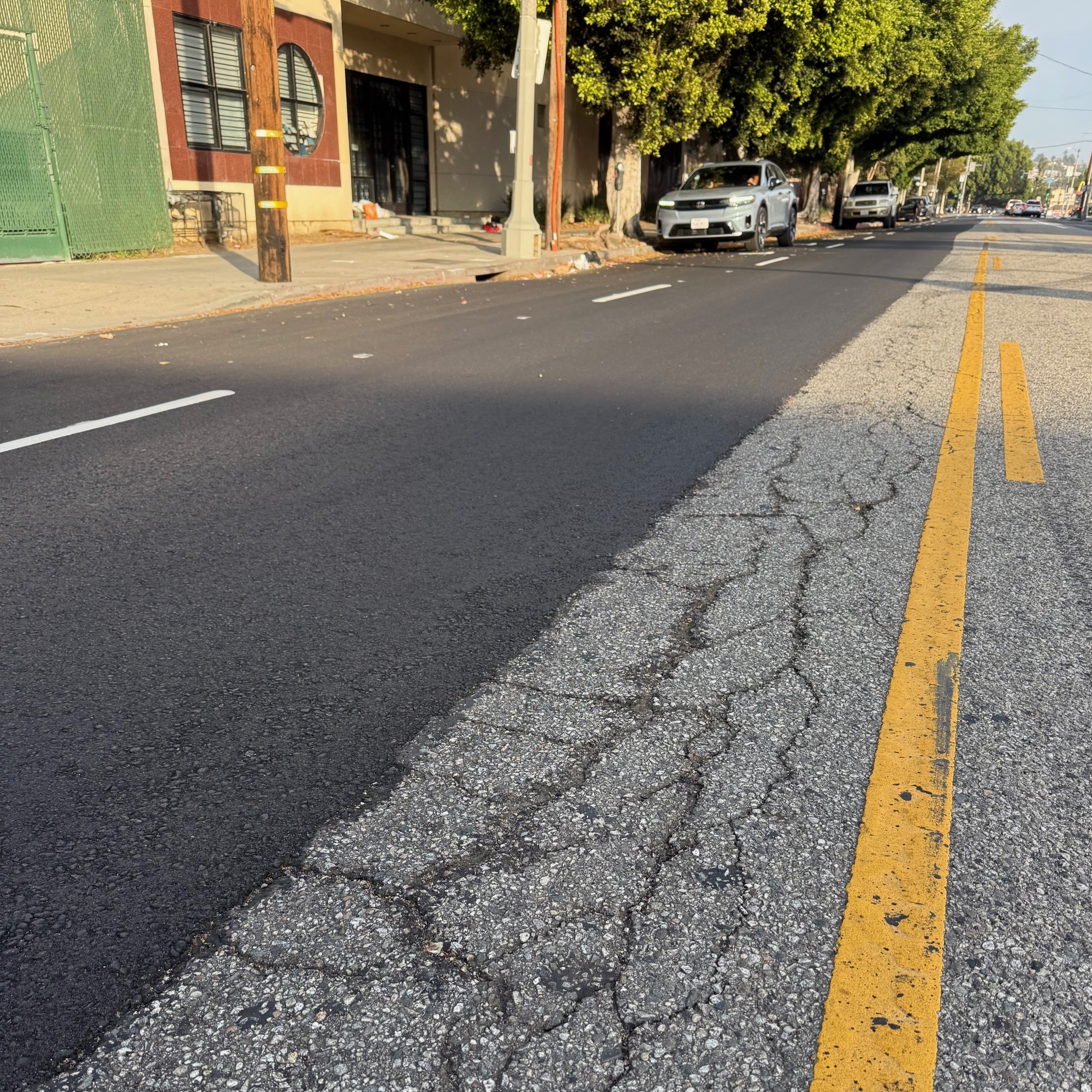My family and I just spent two weeks vacationing in London. As with my previous post-vacation pieces I can't claim expertise regarding London livability. But I will share some observations I think might be interesting to SBLA readers. If you enjoy this recap, check out earlier similar posts exploring Barcelona, and cities in Italy and Mexico.
We got around by train, bus, and on foot. I confess I didn't end up bicycling at all - more on this below.
London Transit: Extensive Rail
London's rail systems are so numerous that I feel like I barely became familiar with it. The main rail network is known as "The Tube," which includes several interconnected components. These interface well with National Rail which serves many London (and nearby) destinations.
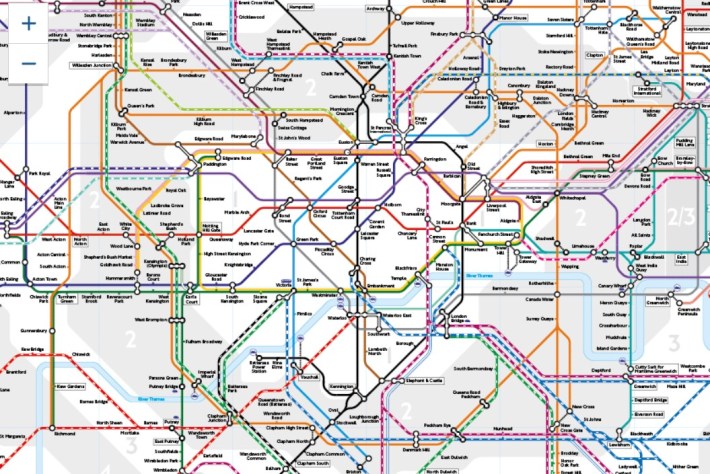
We used Google Maps transit directions and then easily walked to destinations. Service was frequent. Trains arrived and departed on schedule.
I feel like I was somewhat spoiled by the Tube network; using it was so easy and efficient, that I hardly formed a mental map of the city. We would just hop on and off and be transported to various locations.
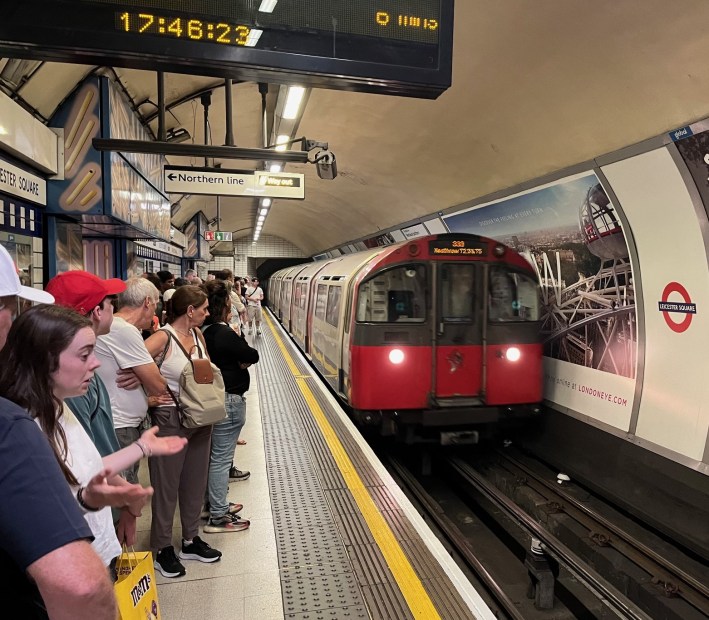
The network is so extensive, it felt like every other station (especially in Central London) is some sort of transfer station. Many of the larger transfer stations (including many between the Tube and National Rail) are very pleasant covered spaces with natural light.
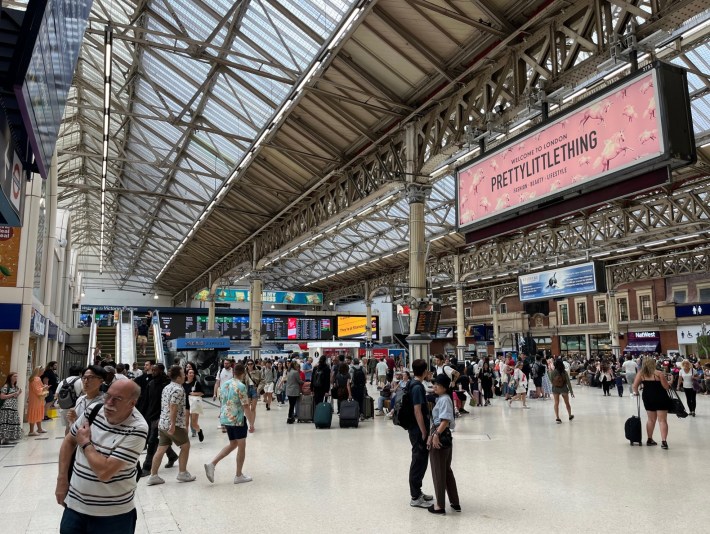
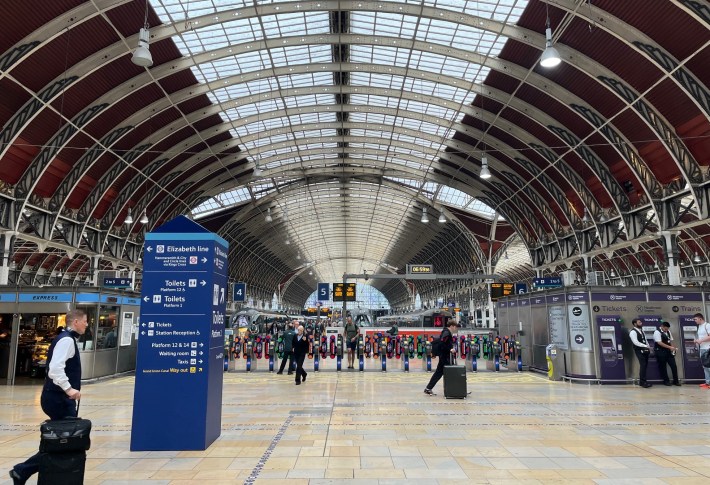
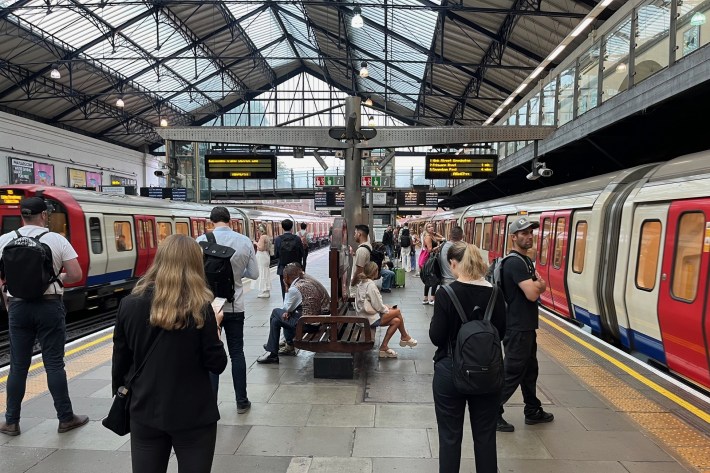
As far as I can tell, all London rail and buses operate via a stored-value Oyster card, similar to Metro's TAP card. With Oyster one taps in and out and the system calculates fares based on zone-distance and time of day (peak or off-peak). Kids up to ten years old ride free with an adult.
All the rail transit we rode was open gangway; riders can easily spread out by moving between cars.
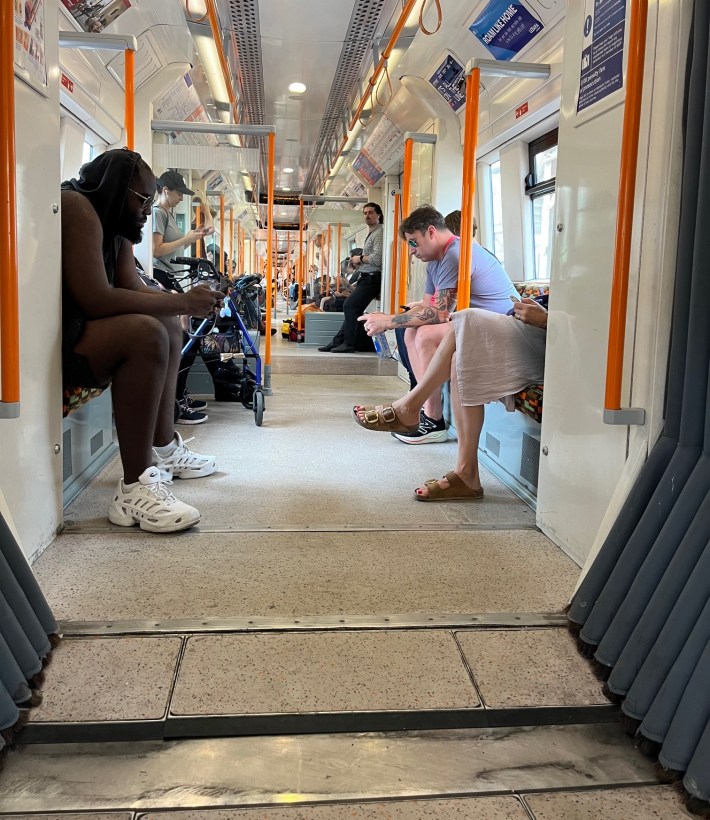

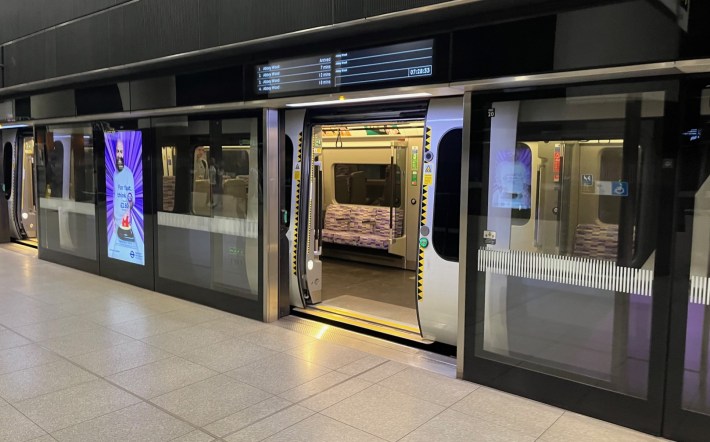
London Transit: Workhorse Buses
Even with extensive rail network, we often found ourselves riding the bus, generally a double-decker. It hadn't occurred to me that a double-deck bus is not just some tourist sight-seeing bauble, but is a high capacity vehicle. They are similar to Southern California articulated buses, but with a smaller footprint. (And that minimized footprint makes for smaller space needs in bus depots.)
There are plenty of bus lanes, though they feel somewhat intermittent, perhaps related to space available.
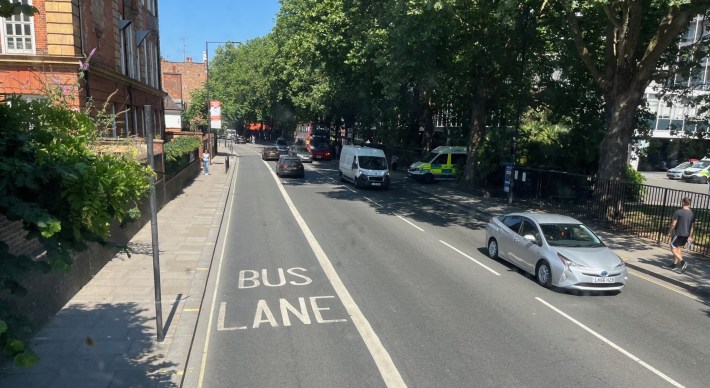

The interface between rail and bus felt very efficient. Many rail stops also serve as bus depots (some fairly large - imagine L.A. Union Station's Patsaouras Plaza type facilities atop many subway stops).
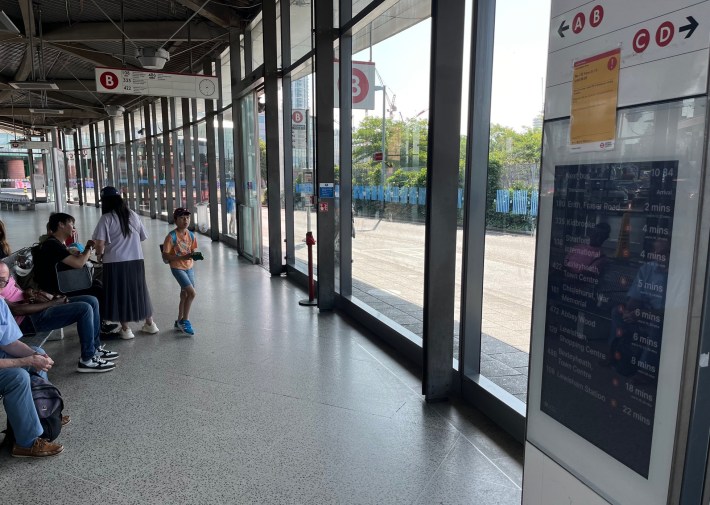
London Walkability
It may seem obvious, but I was pleasantly surprised at the walkability benefits of London's green spaces. Google walk instructions often route pedestrians efficiently through parks - large and small - and even cemeteries. Cutting through these car-free spaces makes for a cooler tree-lined walk.

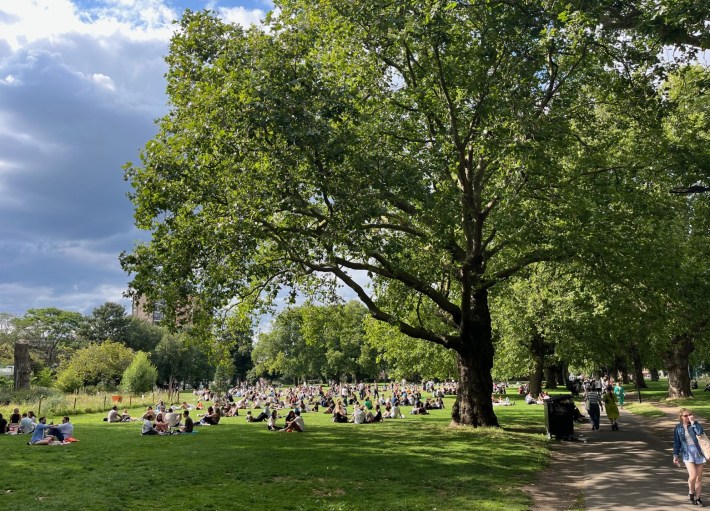
London Bicycling
To me, bicycling conditions in London felt uneven.
There are definitely safe places to bike, including bike paths, protected bikeways, and quiet neighborhood streets. But, from my not-biking viewpoint, there were also a lot of fairly heavily trafficked places that did not appear very conducive to cycling.
There are bike lanes where I would feel safe riding with my family: barrier-protected bikeways.

And unprotected bike lanes that I would be okay with, but would probably worry about my daughter's safety.
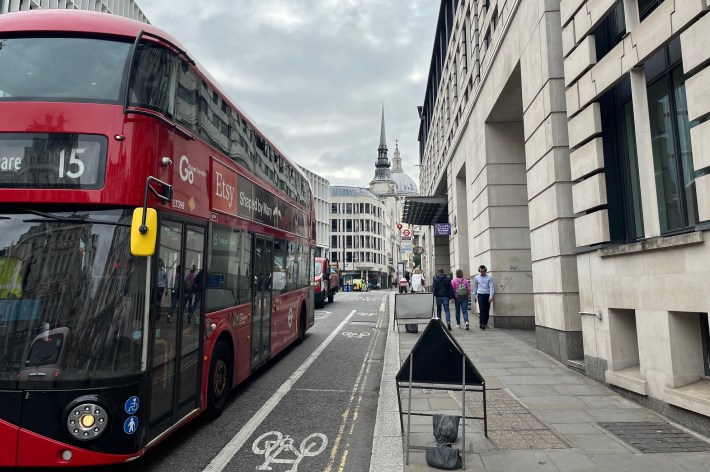
Unsurprisingly, the better - longer and more protected - the bikeways, the more riders I observed. A few streets have been designated "cycle super-highways."

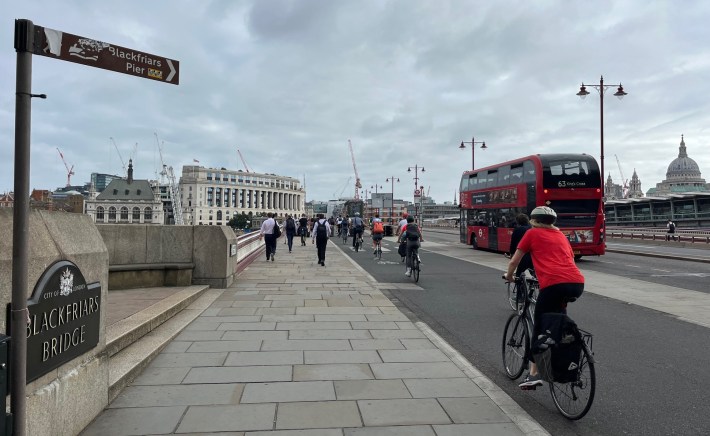
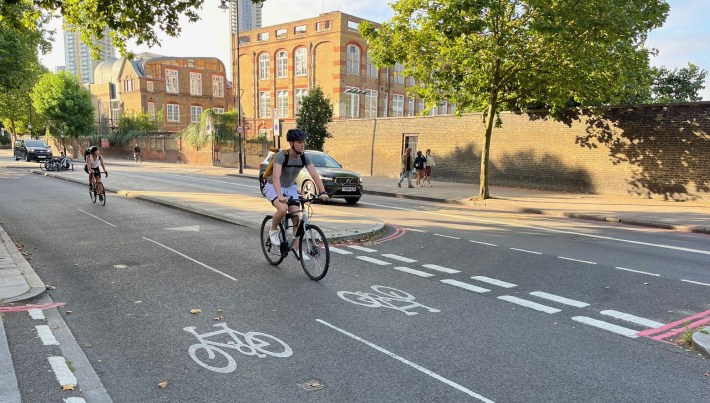
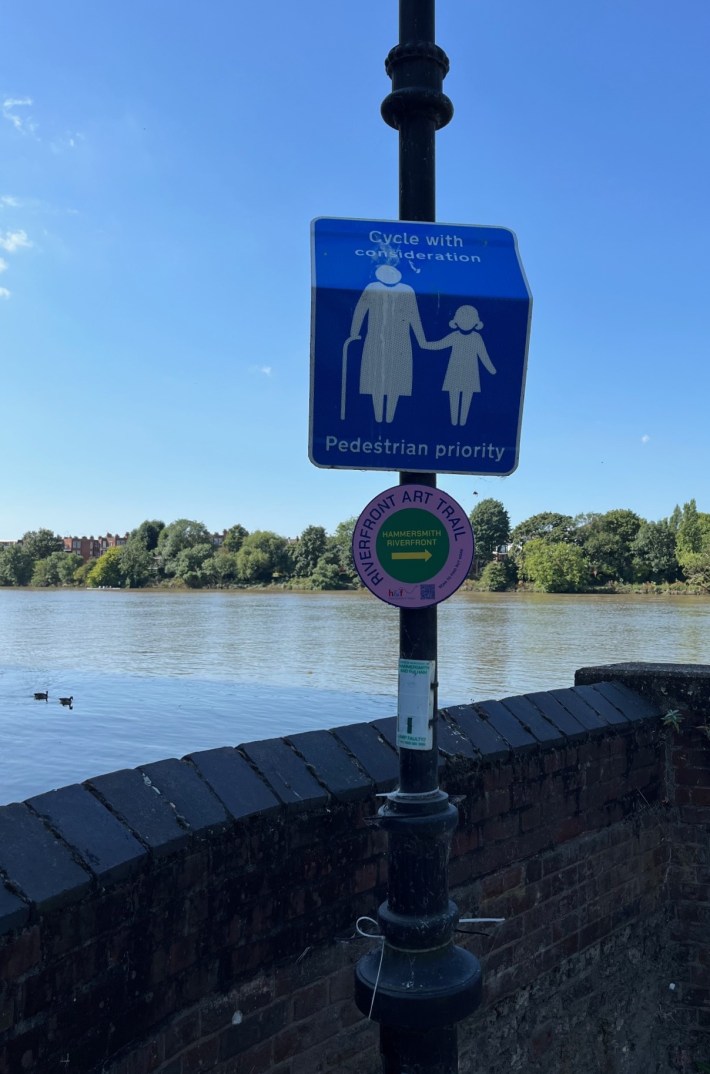
Lastly here are some examples of London bicycle parking.

